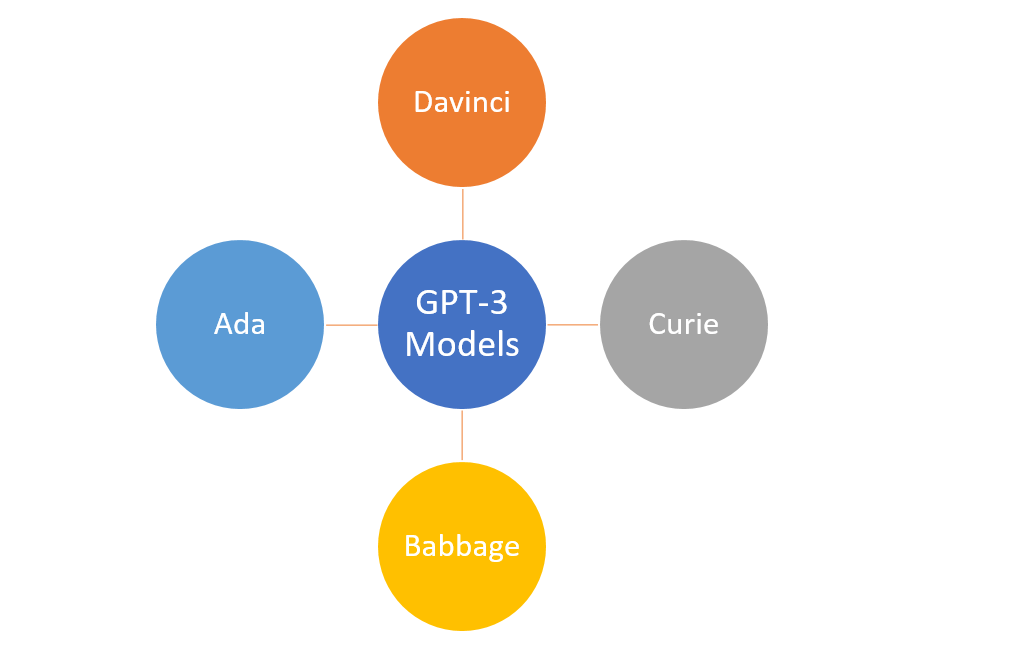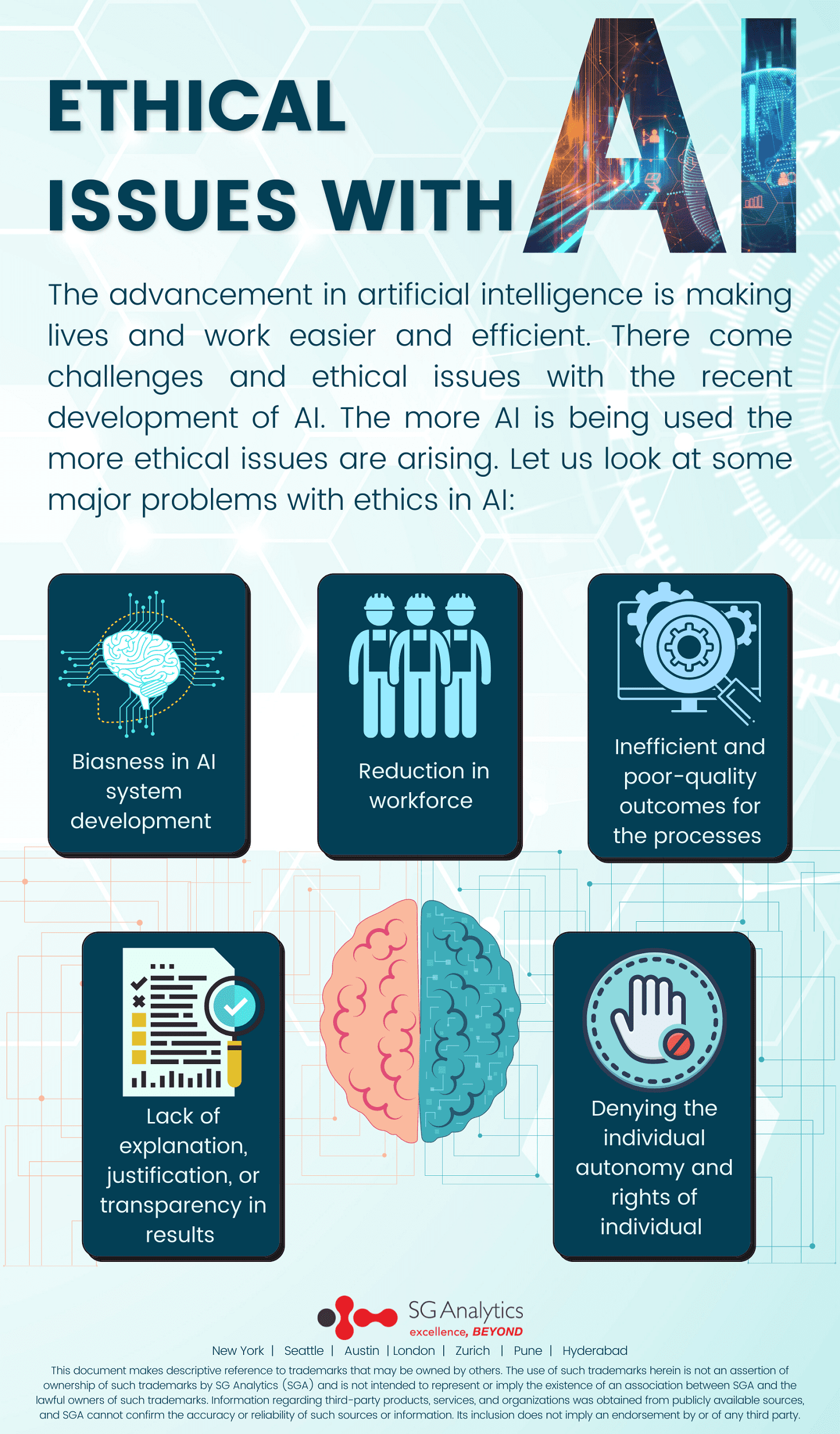Unveiling the Power of Large Language Models in AI’s Evolutionary Path
In the realm of Artificial Intelligence (AI), the rapid advancement and application of Large Language Models (LLMs) stand as a testament to the field’s dynamic evolution. My journey through the technological forefront, from my academic endeavors at Harvard focusing on AI and Machine Learning to leading DBGM Consulting, Inc. in spearheading AI solutions, has offered me a unique vantage point to observe and partake in the progression of LLMs.
The Essence of Large Language Models
At their core, Large Language Models are sophisticated constructs that process, understand, and generate human-like text based on vast datasets. The goal is to create algorithms that not only comprehend textual input but can also predict subsequent text sequences, thereby simulating a form of understanding and response generation akin to human interaction.
< >
>
My involvement in projects that integrate LLMs, such as chatbots and process automation, has illuminated both their immense potential and the challenges they present. The power of these models lies in their ability to digest and learn from an expansive corpus of text, enabling diverse applications from automated customer service to aiding in complex decision-making processes.
Integration and Ethical Implications
However, the integration of LLMs into practical solutions necessitates a nuanced understanding of their capabilities and ethical implications. The sophistication of models like GPT-3, for instance, showcases an unprecedented level of linguistic fluency and versatility. Yet, it also raises crucial questions about misinformation, bias, and the erosion of privacy, reflecting broader concerns within AI ethics.
In my dual role as a practitioner and an observer, I’ve been particularly intrigued by how LLMs can be harnessed for positive impact while navigating these ethical minefields. For instance, in enhancing anomaly detection in cybersecurity as explored in one of the articles on my blog, LLMs can sift through vast datasets to identify patterns and anomalies that would be imperceptible to human analysts.
Future Prospects and Integration Challenges
Looking ahead, the fusion of LLMs with other AI disciplines, such as reinforcement learning and structured prediction, forecasts a horizon brimming with innovation. My previous discussions on topics like reinforcement learning with LLMs underscore the potential for creating more adaptive and autonomous AI systems.
Yet, the practical integration of LLMs into existing infrastructures and workflows remains a formidable challenge. Companies seeking to leverage LLMs must navigate the complexities of model training, data privacy, and the integration of AI insights into decision-making processes. My experience at DBGM Consulting, Inc. has highlighted the importance of a strategic approach, encompassing not just the technical implementation but also the alignment with organisational goals and ethical standards.
< >
>
Conclusion
In conclusion, Large Language Models represent a fascinating frontier in AI’s ongoing evolution, embodying both the field’s vast potential and its intricate challenges. My journey through AI, from academic studies to entrepreneurial endeavors, has reinforced my belief in the transformative power of technology. As we stand on the cusp of AI’s next leap forward, it is crucial to navigate this landscape with care, ensuring that the deployment of LLMs is both responsible and aligned with the broader societal good.
< >
>
Let’s continue to push the boundaries of what AI can achieve, guided by a commitment to ethical principles and a deep understanding of technology’s impact on our world. The future of AI, including the development and application of Large Language Models, offers limitless possibilities — if we are wise in our approach.
Focus Keyphrase: Large Language Models in AI